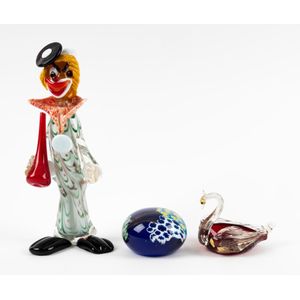
Murano Glass Clown, Ruby Swan Bowl, and Paperweight Set
Murano glass clown, ruby swan bowl, and paperweight, (3 items), the clown 27 cm high
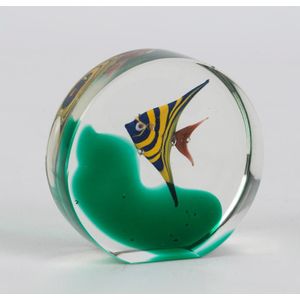
Diego Constantini Murano Glass Aquarium Paperweight
Diego Constantini Murano circular glass aquarium paperweight ornament, 7 cm high

Cenedese Murano Glass Paperweights by Antonia Da Ros (2)
Cenedese Murano glass paperweights (2), by Antonia Da Ros, one bearing original foil label, 14 cm and 11 cm high

Italia Bird Paperweight and Murano Glass Vase Set
Ilitalia bird paperweight together with a Murano glass vase, height 18 cm.
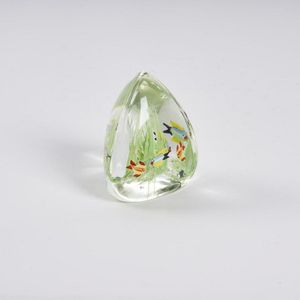
Murano Fish Pyramidal Paperweight with Internal Decoration
A Murano fish paperweight, with a pyramidal type form and internal fish decoration, height 11 cm, width 9.5 cm

Blue and Brown Murano Glass Bubble Paperweight
A Murano glass bubble paperweight, Handblown. With internal blue and brown glass, height 10 cm, diameter 8.2 cm
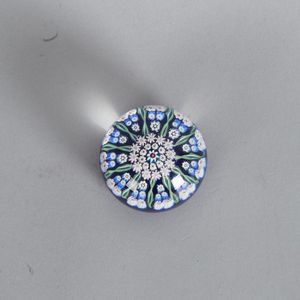
Murano Millefiori Paperweight - 4.5cm x 6.5cm
A Murano millefiori paperweight, height 4.5 cm, depth 6.5 cm

Flavio Poli Murano Glass Tear Drop Paperweight (28cm)
Attributed to Flavio Poli, a Murano glass tear drop paperweight, height 28 cm

Alfredo Barbini Murano Clown Head Paperweight
Murano glass clown head paperweight designed by Alfredo Barbini, unsigned
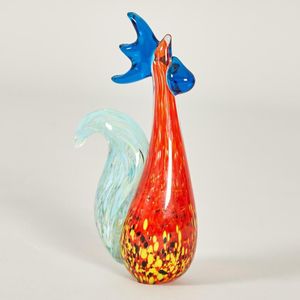
Murano Rooster Paperweight
A Murano glass rooster paperweight, C.1950, Italy, handblow glass chicken sculpure with red and blue finish, height 25 cm, width 12 cm, condition report: excellent condition

Murano Millefiori Swirls Paperweight - 7cm Diameter
Italian Murano millefiori Swirls paperweight, 7 cm dia

Murano's Millefiori Masterpiece: Floral Paperweight
An exceptional millefiori paperweight showing multiple floral design by Murano

Murano Glass Paperweight and Aquarium
A Murano paperweight and aquarium, aquarium, height 10 cm, width 14 cm, depth 7.5 cm, paperweight, height 9.5 cm, width 12.5 cm, depth 4 cm

Murano Bubble Glass Paperweight by Barbum
Large Murano art glass clear bubble paperweight, in conical form, signed Barbum, height 22 cm

Murano Glass Perfume Bottle and Paperweight
A Murano art glass perfume bottle and paperweight. Height 11 cm and 13 cm.

Murano Jellyfish Artglass Paperweight, Signed, 14cm
A Murano Jellyfish Artglass, paperweights, signed to base. Height 14 cm.
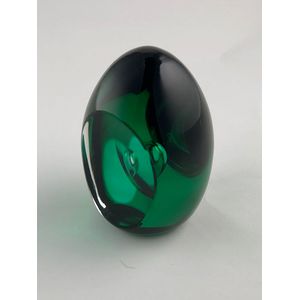
Millefiori & Reflecting Bubble Paperweights
Murano paperweight concentric millefiori and Kosta reflecting bubble paperweight
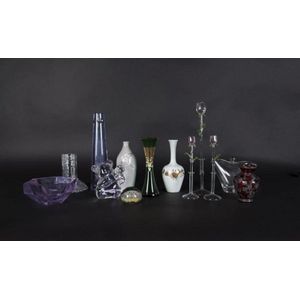
Glass and Porcelain Collection
Murano glass paperweight, Orrefors glass koala, vase and candlestand, Italian glass vases, Swarovski Crystal flowers, Danish porcelain vase and Bjorn Wiinblad vase (13 pieces), tallest 29 cm
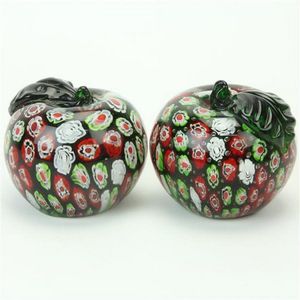
Castellani Millefiori Apple Paperweights with Stickers
Murano Castellani millefiori pair of apple paperweights with original stickers. Height 7.5 cm

Millefiore Murano Paperweight with Label
Murano millefiore paperweight, with part original paper label

Murano Glass Bouquet Paperweight
Paperweight. Fratelli Tosco Vetreria Murano glass with central cane 'Bouquet'
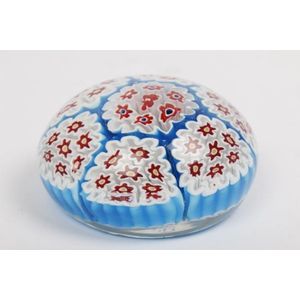
Millefiori Murano Glass Paperweight in Blue, White & Red
Paperweight. Murano glass 'Millefiori' blue white & red
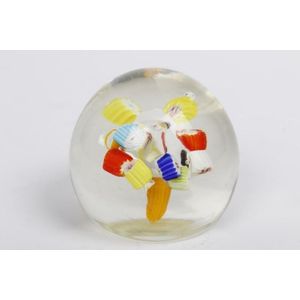
Murano Cane Cluster Paperweight
Paperweight. Frateli Tosco Vetreria Murano clusters of canes Around a central clear bubble

Murano Glass Paperweights, 20th Century
Two Murano glass paperweights, 20th century. 7.5 cm diameter
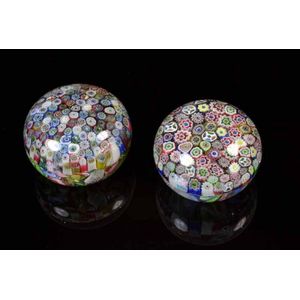
Mid-century Murano millefiori glass paperweights (2)
Two Murano millefiori glass paperweights mid 20th century Diameters: 7.8 cm & 8 cm
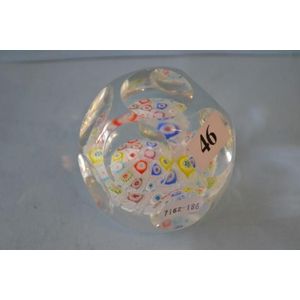
Faceted Murano Millefiori Paperweight
Murano faceted paperweight, spaced millefiori on muslin ground (label)
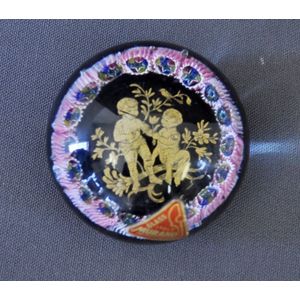
Millefiori Glass Paperweight with Original Label - 7cm Diameter
Murano millefiori glass paperweight. Original label attached. Diameter 7 cm
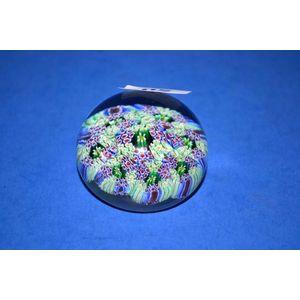
Murano Millefiori Paperweight with Acid Mark
A small millefiori paperweight from Murano with acid mark to bottom
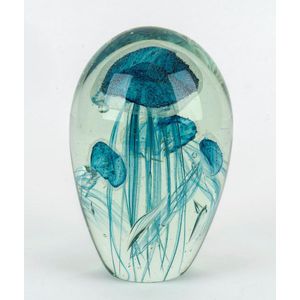
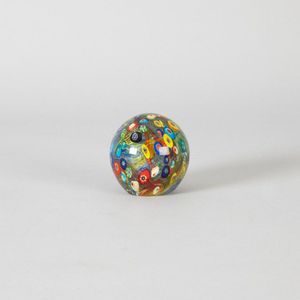















 Loading more...
Loading more...